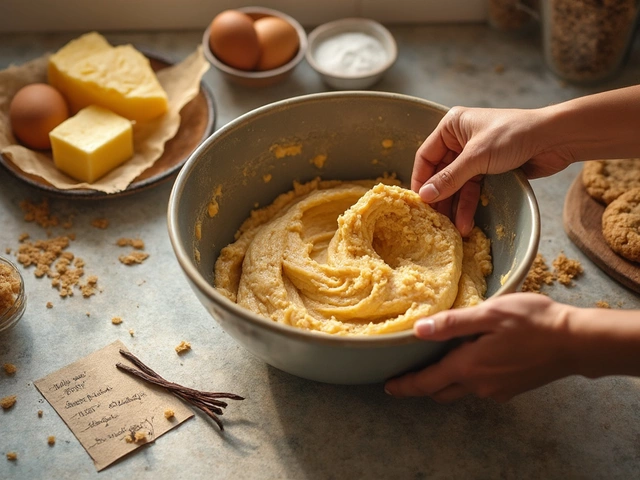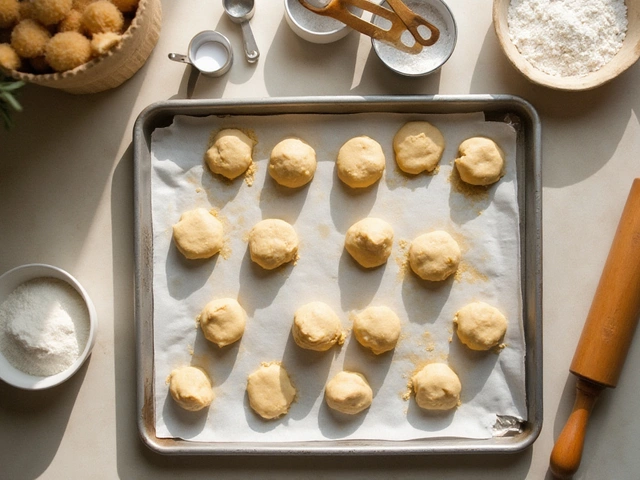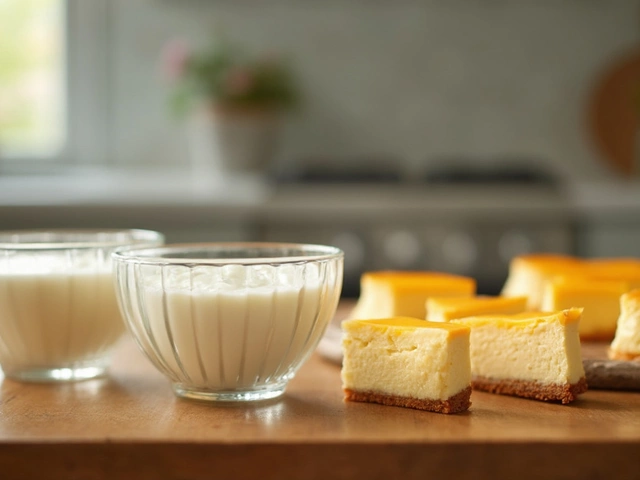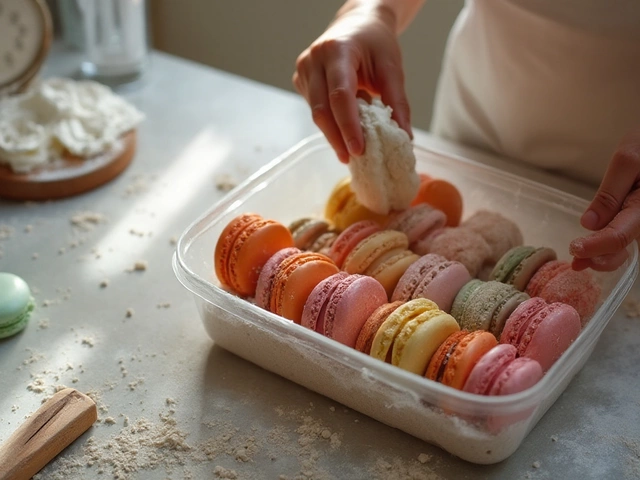Dessert Nationalities – Explore Sweet Treats from Around the World
Ever wondered where the desserts you love actually come from? Knowing a dessert’s nationality adds a fun story to every bite and can give you handy tips on how to make it right at home. Below we break down a few popular sweets, share quick facts, and point you toward the best guides on our site.
Italian Classics – Tiramisu, Cannoli and More
Italy is famous for layered, coffee‑soaked delights. Tiramisu means “pick me up” in Italian, a nod to its espresso kick. Our post "What Does 'Tiramisù' Really Mean?" walks you through the history and the exact layers that make it so airy. If you love pastry shells filled with ricotta‑sweetness, check out the cannoli story – you’ll learn who invented it and the regional twists that exist across Sicily.
When you bake an Italian dessert, a few things matter: use real espresso, don’t over‑mix the mascarpone, and let it chill long enough for flavors to meld. These tiny details turn a good tiramisu into a great one.
French Favorites – Macarons, King Cake and Beyond
France brings elegance to sweets. Macarons are tiny almond‑based cookies that can cost a fortune in Paris, but our "Macaron Prices in France" guide shows you why they’re pricey and how to enjoy them without breaking the bank. The key is using fine almond flour and folding the batter just right so the shells stay smooth.
Another French treat with a royal twist is the king cake, often seen during Carnival. While it looks similar to other festive breads, the tradition of hiding a tiny figurine inside makes it a fun party centerpiece. Our king‑vs‑queen cake article explains the differences and gives a quick baking tip: keep the dough moist with a splash of milk.
Both macarons and king cake benefit from precise oven temperatures. If you’re new to French baking, start with a lower heat and watch the colors change – the shells should rise without cracking.
Beyond Italy and France, many desserts cross borders. For example, our fudge guides dive into the science of the soft‑ball stage, a technique used worldwide to get that perfect creamy texture. Whether you’re making chocolate fudge in the UK or a caramel version in the US, the temperature range stays the same.
Gluten‑free bakers often ask why their cakes sink. The answer isn’t about nationality but about the structure of the flour. Our "Gluten‑Free Cakes Sink" article breaks down the chemistry and offers three simple fixes: increase the leavening, add a little more liquid, and use a lighter flour blend.
Every sweet has a story, and knowing that story can improve your results. When you understand why a French macaron needs a crisp “shell” and a soft “center,” you’re less likely to panic if the first batch isn’t perfect. The same goes for Italian tiramisu – the right balance of cream and espresso makes all the difference.
So next time you crave something sweet, think about its roots. A quick glance at our nationalities tag will point you to a guide that covers the history, the key technique, and a troubleshooting tip. You’ll end up with tastier desserts and a bigger appreciation for the cultures that created them.
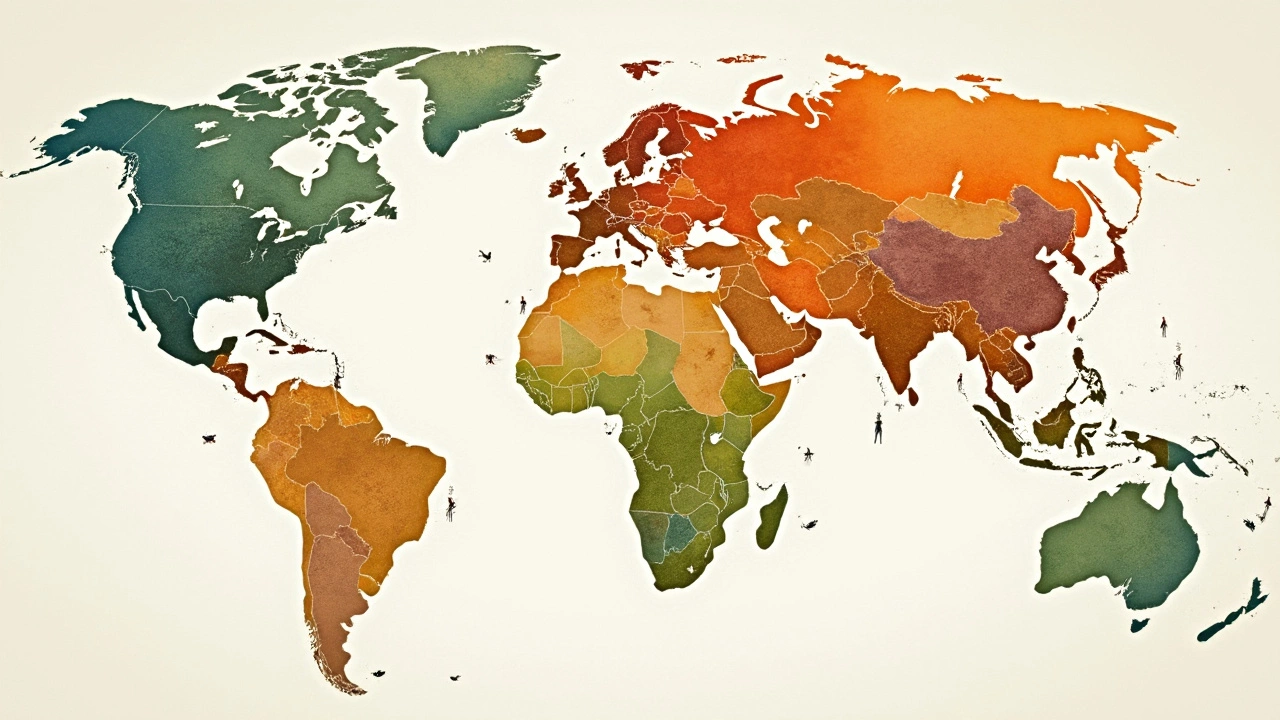
Which Nationalities Are Most Affected by Celiac Disease?
Celiac disease, a condition linked to gluten intolerance, varies in prevalence worldwide. Discover which nationalities are most affected and why. Understand its global presence and get tips on gluten-free living. Helpful insights into managing celiac for those from high-risk regions.
View More

